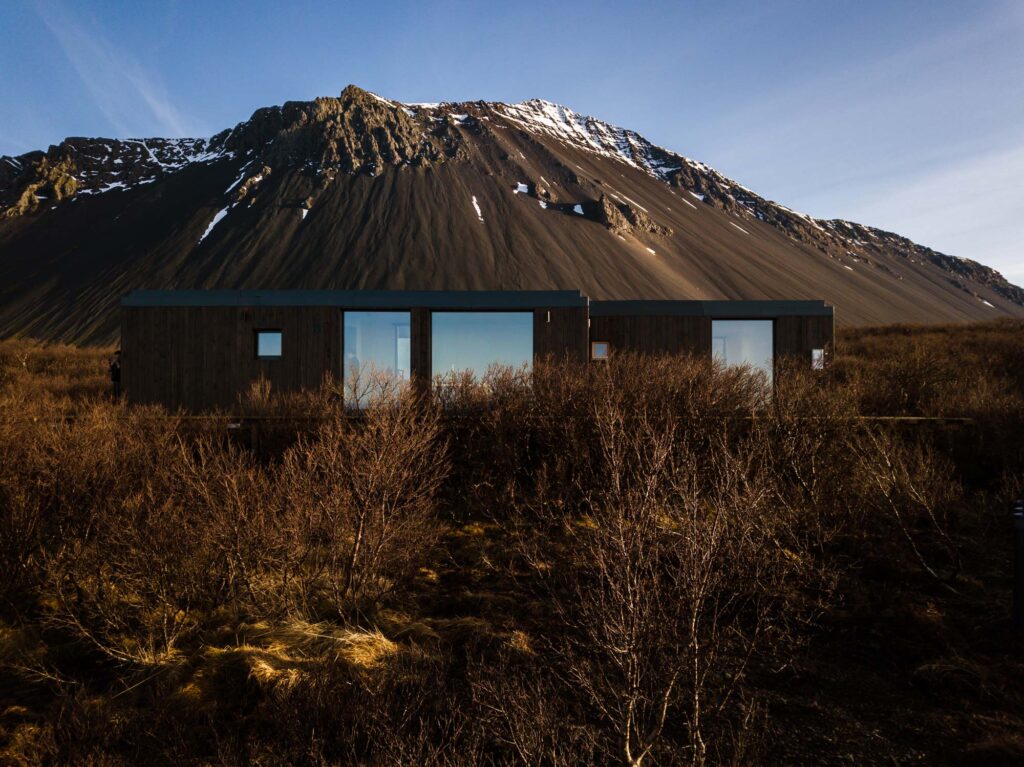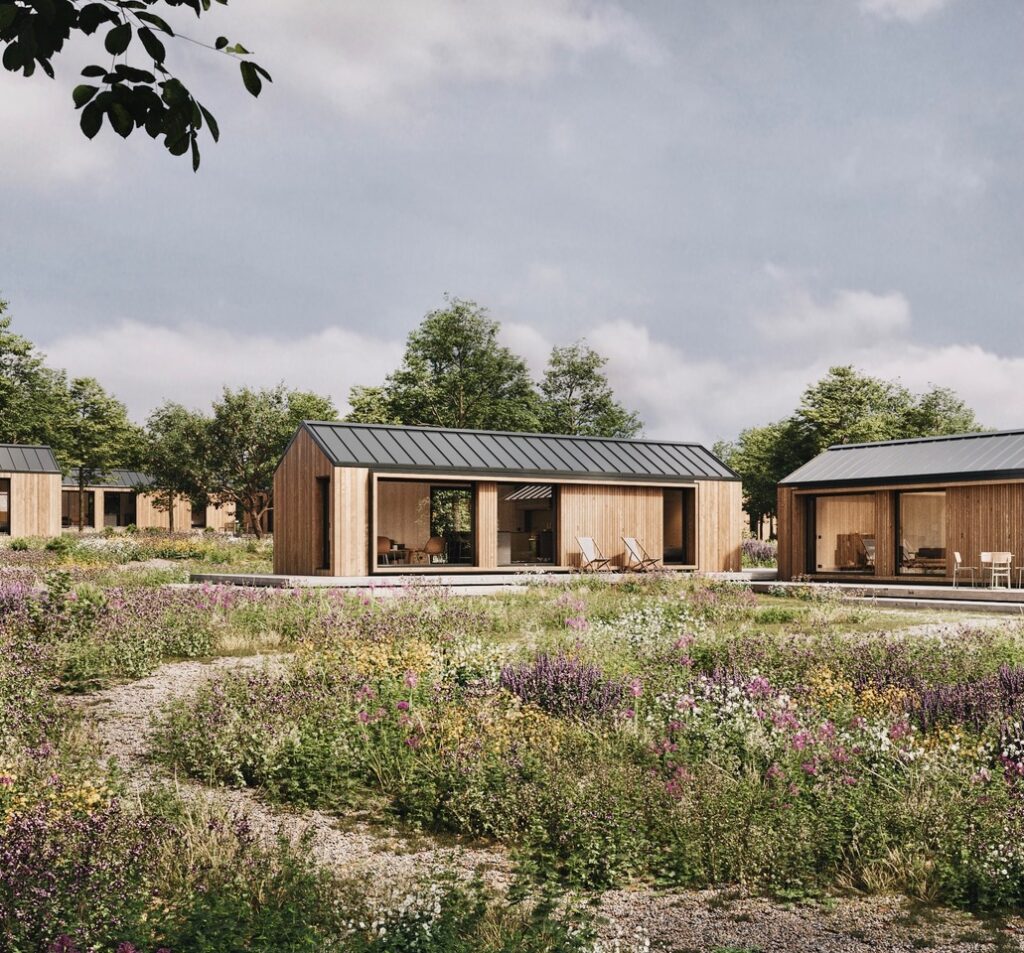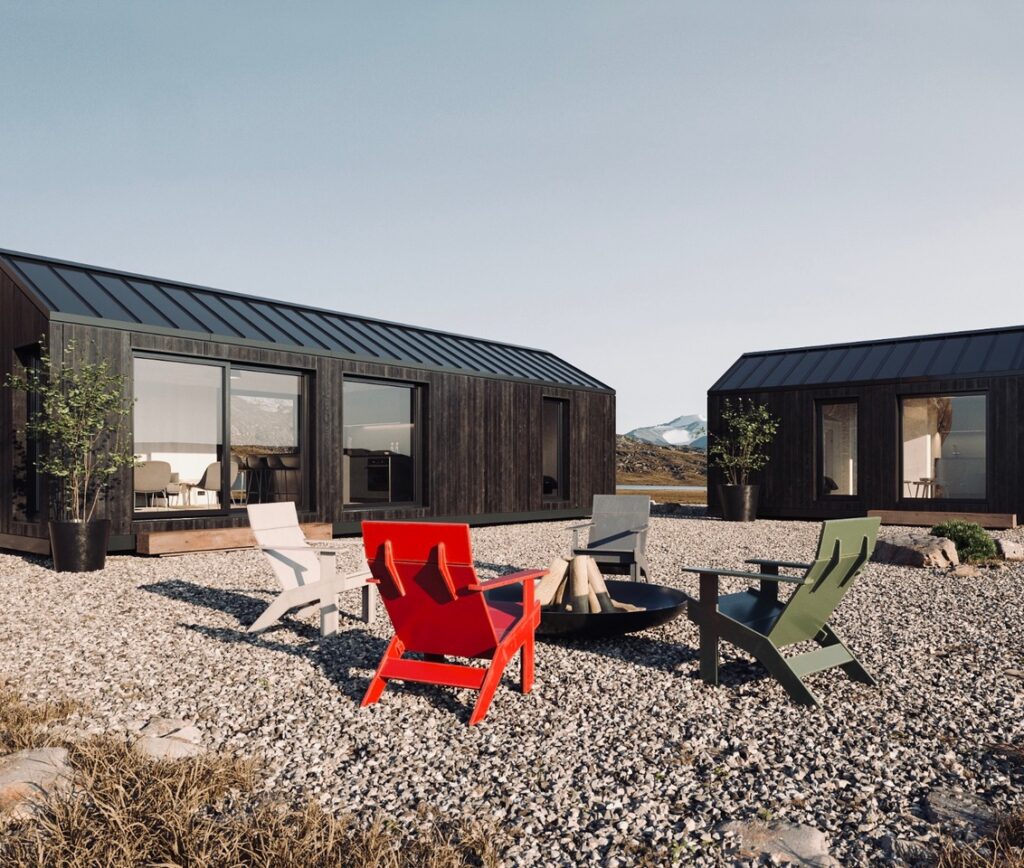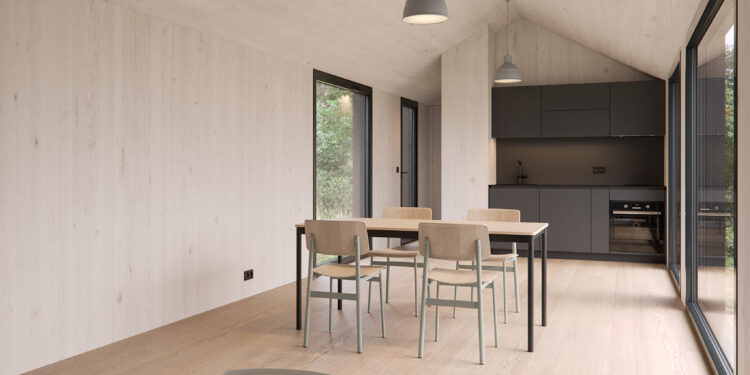In the ever-evolving landscape of architectural innovation and environmental sustainability, the world of PreFab homes stands out as a beacon of creativity and practicality. These pre-fabricated living spaces are not only revolutionising the way we think about housing but also weaving a seamless blend of affordability, modern design, and functionality.
The Rise of PreFab Homes
PreFab, short for pre-fabrication, involves constructing the components of a home off-site in a controlled factory environment. These pieces are then transported to the desired location for final assembly. The concept, though not new, has gained substantial traction in recent years due to advancements in technology, design, and growing concerns for environmentally conscious living.

Efficiency Beyond Imagination
One of the most compelling advantages of PreFab homes is the significant reduction in construction time. Traditional builds can take anywhere from several months to a few years, depending on the complexity and scale. However, PreFab homes can be erected in a matter of weeks. By the time the foundation is ready at the site, the home’s sections are already constructed and waiting to be assembled, like a puzzle eagerly awaiting its final piece.
This efficiency doesn’t just stop at time savings—it translates into cost savings as well. The controlled factory setting minimizes material waste, reduces labor costs, and mitigates the risk of weather-related delays or damages.
A Canvas for Modern Design
The versatility in PreFab home designs is nothing short of inspirational. Whether you’re dreaming of a sleek, modern abode with floor-to-ceiling windows or a cozy, rustic cabin nestled in the woods, PreFab homes can turn that vision into reality. Architects and designers are continuously pushing the boundaries, experimenting with new materials and innovative layouts. The modular nature of these homes allows for a high degree of customization, ensuring that no two PreFab homes are exactly alike.

Sustainable and Eco-Friendly Living
In today’s world, sustainability is a priority. PreFab homes excel in this regard. The controlled construction environment significantly reduces waste and promotes the use of sustainable materials and energy-efficient systems. Moreover, because these homes are often designed with energy conservation in mind, they frequently feature state-of-the-art insulation, solar panels, and other green technologies.
Many PreFab companies are leading the charge in sustainable architecture, utilizing recycled materials and emphasizing renewable energy sources. This not only reduces the carbon footprint but also aligns with the ethos of responsible living.
Quality and Durability
One common misconception about PreFab homes is that they are less sturdy than traditionally built houses. On the contrary, because the components are produced in a factory setting, they undergo rigorous quality control checks. This attention to detail ensures that each piece meets high standards of strength and durability.
Moreover, the transportation of these components often necessitates that they be constructed to withstand the rigors of the journey, adding an additional layer of robustness. When assembled on-site, the final structure often exceeds traditional homes in terms of performance and longevity.

The Future is Here
The world of PreFab homes is a testament to the potential of modern technology and innovative design. As housing needs evolve, it’s clear that PreFab homes offer a viable, sustainable, and stylish solution. They challenge our preconceptions of homebuilding and open the door to a future where beautiful, high-quality homes are accessible and environmentally responsible.
Legal and Tax Advantages
PreFab homes also provide several legal advantages over traditional homes, particularly in terms of taxes. Many jurisdictions offer tax incentives for sustainable buildings, which PreFab homes typically qualify for due to their energy-efficient construction methods and use of sustainable materials. Additionally, the streamlined permitting process often associated with PreFab construction can lead to reduced administrative costs. This not only makes the initial investment more affordable but also provides long-term financial benefits through reduced property taxes and eligibility for various green building credits.
So, the next time you think about building your dream home, consider the super cool world of PreFab homes. It might just be the perfect fit for your vision of the future.






